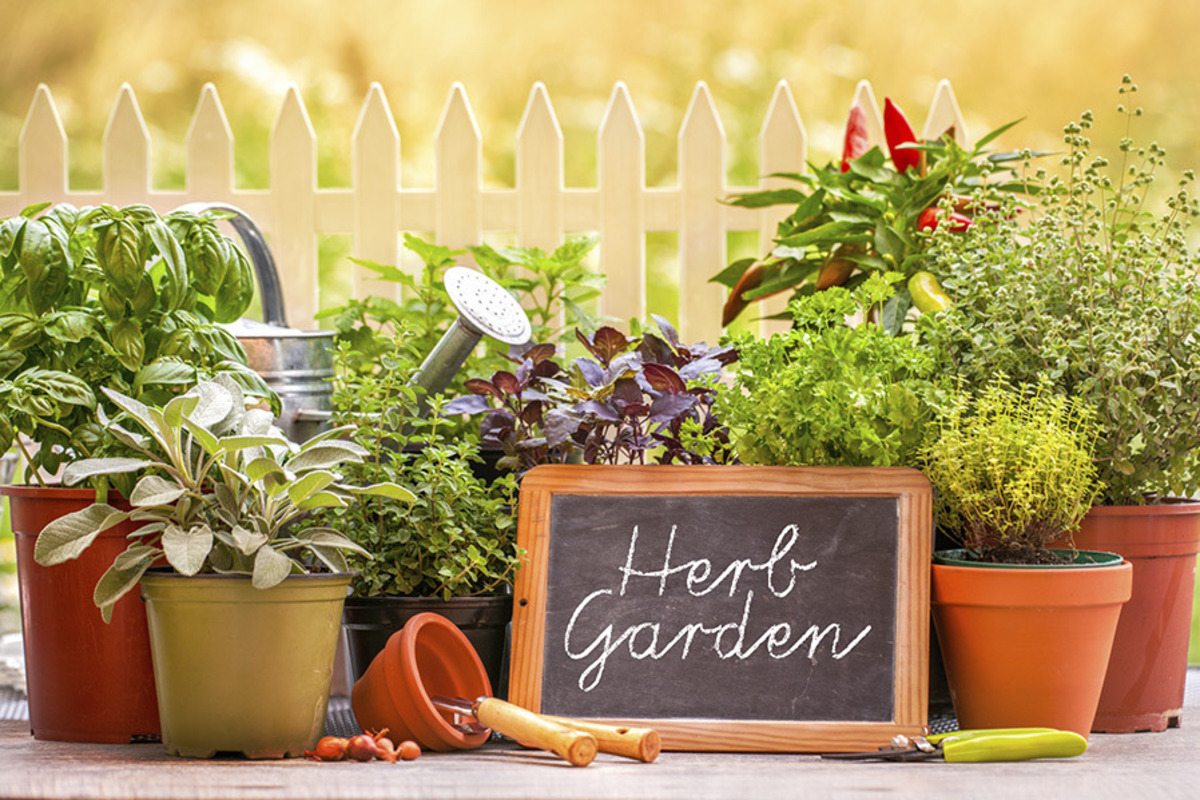How Patanjali products can protect you against Delhi pollution
Protect yourself from Delhi pollution with Patanjali's natural products, including face masks, immune boosters, and skincare remedies.
Parsley that thrives easily in a moist climate has lots of flavonoids and antioxidants and vitamins C, B-12, K and A, and folic acid. Parsley is useful in treating UTIs, kidney stones, constipation, jaundice, gas, indigestion, colic, diabetes, coughs, asthma, osteoarthritis, and high blood pressure.

(Getty Image)
Whether you want to grow a kitchen herb garden as a hobby or to save money or just for healthier eating, there are plenty of herbs you can grow in your backyard, on your patio, or even on your windowsill. Fresh herbs make recipes taste even better and are great to have around for soups, stews, and salads.
In picking a place to grow your herbs, keep in mind that they need a good four to six hours of sun daily. There are many herbs that you can grow to enhance your cooking. When you plant a kitchen garden, don’t only plant the herbs you know, take a chance on something else. You might just be surprised.
Here are some of those medicinal herbs that are very healthy:
Advertisement
Basil
This one is the superstar of the kitchen garden with its myriad uses. An antioxidant, antiseptic, anti-inflammatory, and antibacterial, it is commonly used to treat flatulence, lack of appetite, gas, nausea, cuts, scrapes, headaches, coughs, acne, kidney stones among other things.
Parsley
Parsley that thrives easily in a moist climate has lots of flavonoids and antioxidants and vitamins C, B-12, K and A, and folic acid. Parsley is useful in treating UTIs, kidney stones, constipation, jaundice, gas, indigestion, colic, diabetes, coughs, asthma, osteoarthritis, and high blood pressure.
Mint
Mint loves moist, shaded areas and needs to be well-watered. This fragrant herb is an antioxidant. It also clears mucus from your airways, helps in digestion, and works as an anti-inflammatory as well. It contains vitamins A and C and manganese and iron. Mint is often used to treat vomiting, muscles pain, chest pain, fever, and headaches.
Sage
Sage is used in a number of dishes. However, it has a lot of great medicinal benefits too. It needs a strong sun and well-drained fertile soil. Sage has antibiotic, anti-hypertensive, anti-diabetic, anti-inflammatory, and antimicrobial properties. It is used for stomach problems, gum disease (gingivitis), asthma, and excessive sweating among other things.
Thyme
This herb is a hardy one that can grow in any climate, but it does need to be shielded from the cold with a covering. Thyme has been used since ancient times to treat a diverse range of conditions like coughs, chest congestion, sore throat, and bronchitis. It is also great for gastrointestinal issues like indigestion, gas, and diarrhea.
Dill
Dill is a great flavoring for fish, lamb, potatoes, and peas. It also aids in digestion, helps to fight bad breath, and has the added benefits of reducing swelling and cramps. Dill is easy to grow. It will also attract helpful insects to your gardens such as wasps and other predatory insects.
Rosemary
Rosemary is one of the most flavorful herbs and is great for adding to things like poultry, meats, and vegetables. Around Christmastime, you’ll see tree-shaped rosemary bushes for sale. You can bring them home and keep them for planting in the spring.
The fragrant plant is a delightful scent and is sometimes used in floral arrangements. Rosemary likes its soil a bit on the dry side, so be careful not to overwater. Allowed to flourish, a rosemary plant will grow into a full-sized bush.
Cilantro
Cilantro is also known as coriander leaf or Chinese parsley. Cilantro is perfect for adding to spicy foods like chills, and Mexican, Chinese, Southeast Asian, and Indian cuisines. The seeds of cilantro are known as coriander. The plant grows early in the season and doesn’t like it when the ground becomes too warm.
Lemongrass
Lemongrass stalks can provide antioxidants such as beta-carotene and defense against cancer and eye inflammation. Lemongrass has a strong lemon flavor. You can brew it in tea as well as use it as an herb seasoning. To grow this outdoors, you need to live in at least Zone 9. Outside it can grow up to six feet high but will be notably smaller if you grow it indoors.
Advertisement